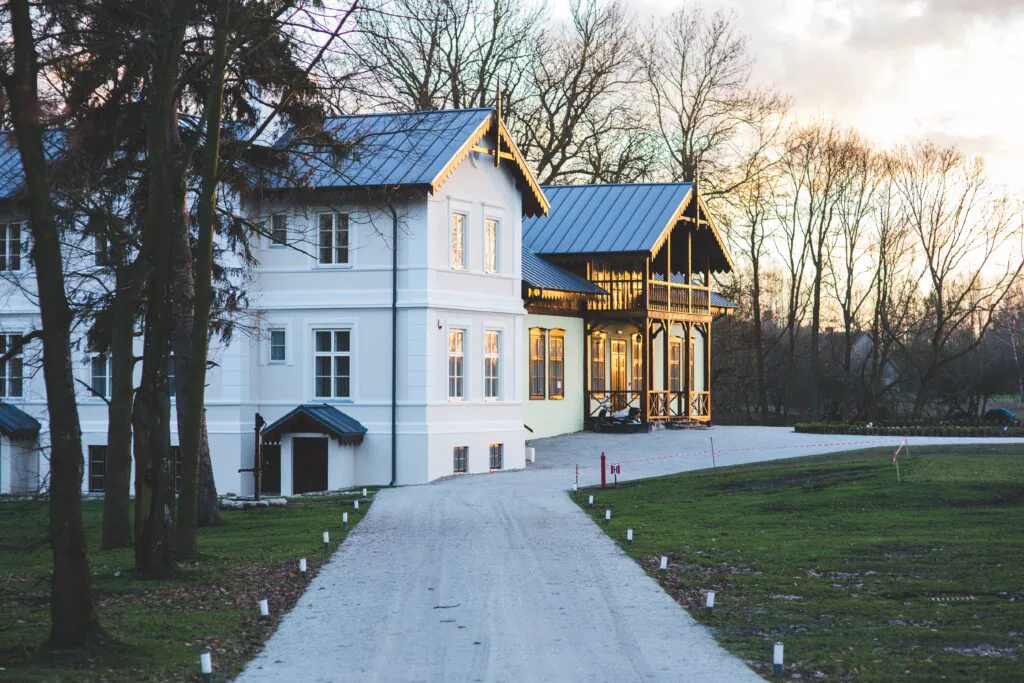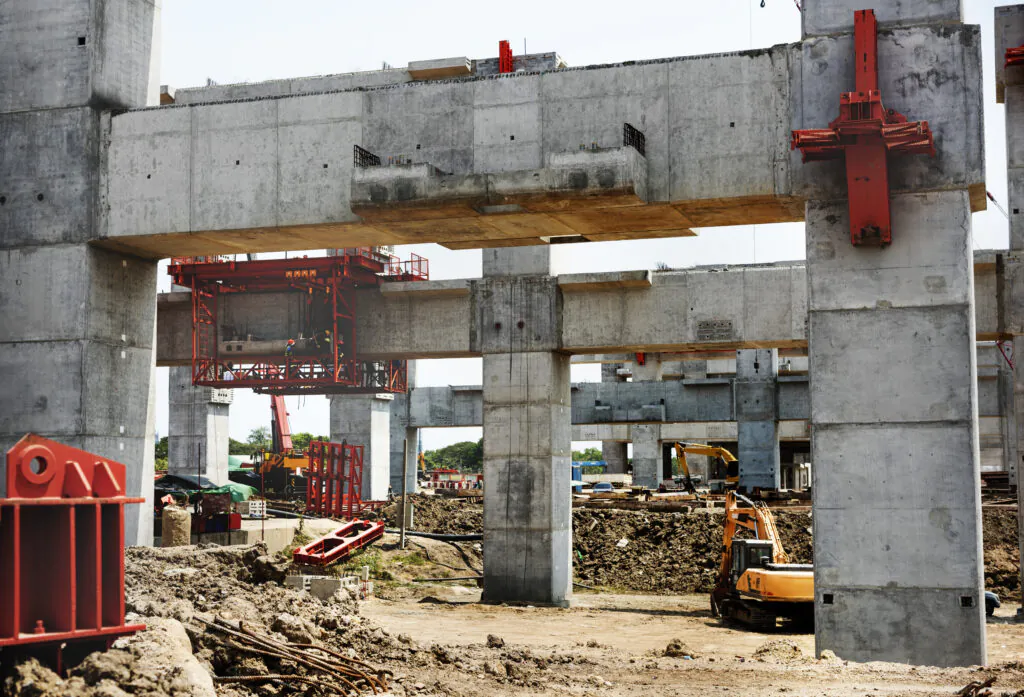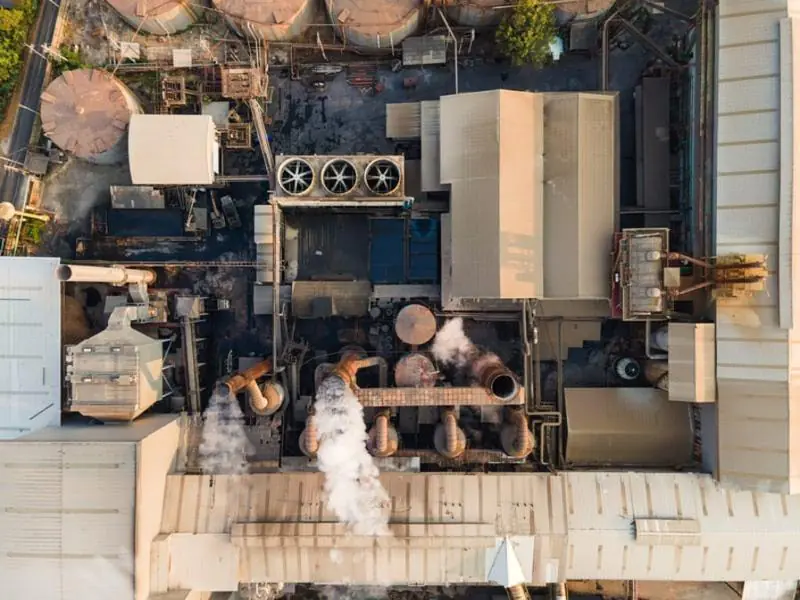Real Situations Where Two-Way Audio Strengthened Site Security
Table of Contents
ToggleSecurity challenges in homes, businesses, and outdoor locations have become more demanding than ever. Traditional cameras help record what happens, but they don’t always stop incidents before they escalate. This is where two-way audio creates a major advantage. It allows monitoring teams to intervene instantly, warn intruders, guide staff, and manage situations that would otherwise require on-site presence.
Today, property managers, business owners, and homeowners are exploring two-way audio services to strengthen safety without increasing manpower. GCCTVMS supports these needs by providing two-way audio surveillance services designed to respond within seconds and deliver real-time control during critical moments.
Before diving into the case studies, it’s important to understand how two-way audio moves beyond basic detection. It gives monitors the ability to talk directly through speakers, deter threats, and support the people on the property. This creates a level of responsiveness that traditional video-only systems can’t match — especially during late-night activity, outdoor perimeter breaches, or unexpected behavior near high-value assets.
Between these concepts, it’s also valuable to review general guidance on safe monitoring practices offered by industry leaders. Helpful tips on maintaining strong monitoring standards are shared in security tips for CCTV monitoring and can serve as an additional resource for improving site protocols.
Case Study 1: Residential Property — Stopping a Late-Night Trespasser Before Entry

A homeowner subscribed to two-way audio monitoring services after dealing with repeated nighttime disturbances around their driveway. The camera system captured frequent activity, but without voice intervention, intruders often tested door handles or approached windows before fleeing.
One night, the monitoring center detected a person stepping onto the property near the garage. The individual wore a hoodie and lingered near the vehicle, checking for unlocked doors. Within seconds, the operator triggered the two-way audio speaker and issued a direct warning:
“You are being monitored. Please leave the property immediately.”
The trespasser retreated instantly and did not return.
The homeowner later confirmed that law enforcement presence wasn’t even necessary — the voice intervention alone prevented escalation. This experience highlights that two-way audio creates a strong psychological deterrent by showing intruders they are not just recorded, but actively confronted.
For additional context about practical setup and monitoring improvements, readers can also explore video surveillance best practices to understand the supporting measures that enhance communication-based security systems.
Case Study 2: Retail Store — Preventing After-Hours Theft Behind the Building

A retail store had recurring problems with individuals attempting to access inventory stored behind the building. The management team installed cameras, but video alone wasn’t enough — intruders moved quickly, and by the time police arrived, the suspects were gone.
After upgrading to two-way audio, the difference was immediate.
One evening at 1:20 AM, monitors saw two individuals trying to cut through packaging near the loading zone. The operator activated the speaker:
“Security monitoring in progress. Police have been notified. Move away from the property.”
Both suspects froze, dropped the items, and ran. The operator continued monitoring to ensure they didn’t return.
This incident proved that two-way audio surveillance services deliver faster interruption than dispatching physical guards or waiting for responders. The store noted that shrinkage for outdoor inventory dropped significantly after implementing this solution.
To compare broader industry trends influencing modern surveillance, businesses can reference upcoming video surveillance technology developments for 2025, which discuss innovations that support effective audio-integrated monitoring systems.
Case Study 3: Construction Site — Stopping Copper Theft Within 15 Seconds

Construction sites face constant risks — copper wiring, tools, and machinery make them prime targets. Even with physical fencing, criminals often test boundaries or enter through gaps during overnight hours.
A mid-sized construction firm partnered with GCCTVMS to install cameras with two-way audio monitoring services across their active sites.
At 3:40 AM on a weekday, an intruder climbed over a fence and approached a stack of copper pipes. The monitoring team detected movement instantly. Instead of waiting for confirmation, the operator spoke through the audio unit:
“This site is under live monitoring. Leave immediately or the police will arrive.”
The intruder turned around and fled the way they came.
Total time from detection to deterrent: 15 seconds.
The site manager reported zero material losses during the project, a result they had never achieved with previous passive surveillance systems. Two-way audio was credited as the primary factor in stopping steel and copper theft, which saved the company thousands in losses.
For those comparing on-site guarding versus monitoring, GCCTVMS offers insight into different security solutions, including remote CCTV monitoring services in the USA, which fit well with two-way audio systems.
Case Study 4: Parking Lot — Confronting Suspicious Activity Before It Turns Into Crime

Parking lots often attract suspicious behavior because of low lighting and sparse night staffing. One commercial plaza experienced frequent loitering near the rear parking lanes. While loitering itself isn’t always harmful, it often precedes break-ins or vandalism.
After installing a two-way audio system, the monitoring center received an alert about two individuals standing beside a parked vehicle and looking into windows.
The operator initiated voice contact:
“Step away from the vehicles. This area is monitored.”
The individuals left quickly, preventing what could have become vehicle damage or theft.
This type of early intervention demonstrates why parking lots benefit significantly from two-way audio monitoring services — it allows remote teams to deter activity before damages occur.
Businesses seeking guidance specifically for parking areas can explore GCCTVMS’s virtual guard parking lot security solutions, which frequently pair with two-way audio capabilities.
Case Study 5: Warehouse — Assisting Night-Shift Employees With Real-Time Support

Not every command issued through two-way audio is meant to deter crime. Sometimes, it supports employees in ways traditional systems cannot.
A large warehouse hired GCCTVMS because their staff occasionally felt unsafe during overnight shifts when only a few employees were present.
On one shift, a worker reported seeing someone near the exterior doors from inside the building. Before anxiety escalated, the monitoring team checked the cameras and reassured the worker through two-way audio:
“We have eyes on your area. The outside perimeter is clear. You’re safe to continue your task.”
Later that month, the system played a crucial role during an equipment failure. An employee signaled the monitoring center using motion-triggered zones, and the operator used two-way audio to guide them away from a hazardous area while maintenance was called.
This revealed how two-way audio is not only a deterrent tool but also a communication channel that improves worker confidence and operational safety inside large facilities.
For warehouse teams exploring additional services or comparing providers, GCCTVMS lists industry insights on leading surveillance companies, which may help when considering long-term monitoring partnerships.
Case Study 6: Multi-Unit Residential Building — Supporting Property Managers During Emergencies

Property managers often can’t be everywhere at once, especially in apartment complexes with multiple buildings. Two-way audio monitoring services help bridge this gap.
In one case, a tenant reported a suspicious person trying door handles in a shared hallway. Before management could arrive, the monitoring center already detected the activity.
Through the audio speaker, the operator clearly stated:
“Security monitoring is active. Leave the building immediately.”
The individual ran out through an emergency exit, and management later confirmed the suspect did not belong to the property.
A similar incident occurred when a tenant experienced a medical emergency in a courtyard. Another resident waved at the camera to signal for help, and within moments, the monitoring team communicated:
“Emergency responders are on the way. Please stay where you are.”
This shows how two-way audio delivers more than protection — it supports community safety and builds trust between residents and property management teams.
Readers who want to evaluate overall monitoring expenses in comparison to benefits can reference GCCTVMS’s explanation of CCTV monitoring costs.
Case Study 7: Small Business — Evicting Intruders Before Store Opening Hours

Small businesses often lack full-time security staff, especially during early morning hours before opening. A bakery owner partnered with GCCTVMS because individuals frequently gathered near the back entrance.
One morning, two people attempted to enter the building before it opened. The monitoring center intervened immediately:
“This property is closed. Leave the area now.”
The intruders left within seconds, allowing the bakery employees to enter safely.
This type of quick response becomes especially important for businesses without managers present during early hours, ensuring employee safety from the moment they arrive on-site.
Readers who want to speak with GCCTVMS or ask questions about two-way audio system installation can visit GCCTVMS contact page.
Case Study 8: Industrial Facility — De-Escalating Confrontations Using Voice Commands

An industrial facility used two-way audio monitoring services to support nighttime safety after several security-related confrontations occurred in past years.
One night, two individuals began arguing near the main gate. As the situation grew louder, the monitoring team intervened:
“This facility is monitored. Please leave the area immediately.”
The sudden announcement distracted the individuals long enough for the confrontation to de-escalate. Both left before employees arrived for their early-morning shift.
The security manager later reported that the voice intervention prevented the need for law-enforcement involvement and reduced risk to staff and property.
For an additional perspective on how technology aids incident reduction, readers can explore false alarm reduction via advanced analytics which pairs well with audio-enabled systems.
Why Two-Way Audio Works Across Industries
The case studies above share a common theme: two-way audio provides instant authority in moments when silence might allow a problem to grow.
Here’s why it succeeds consistently:
- Intruders fear being directly confronted
- Operators can address situations before they escalate
- Employees and residents gain real-time reassurance
- Businesses reduce losses and avoid physical altercations
- Monitoring teams take action long before police arrive
Across construction sites, retail stores, warehouses, residential buildings, and small businesses, the combination of video and voice communication outperforms traditional passive surveillance methods.
Final Thoughts
Two-way audio has reshaped the way properties respond to threats and emergencies. The case studies above reflect real-world scenarios showing clear advantages: reduced theft, faster deterrence, improved staff safety, lowered security costs, and far greater control over unexpected activity.
Whether you’re managing a home, a commercial space, or an industrial operation, two-way audio surveillance services deliver immediate impact — and GCCTVMS is positioned to support these needs with reliable monitoring teams and responsive communication systems.
If you’re seeking a strong, real-time method of protecting properties in 2025 and beyond, two-way audio monitoring services provide a proven path toward safer environments.


